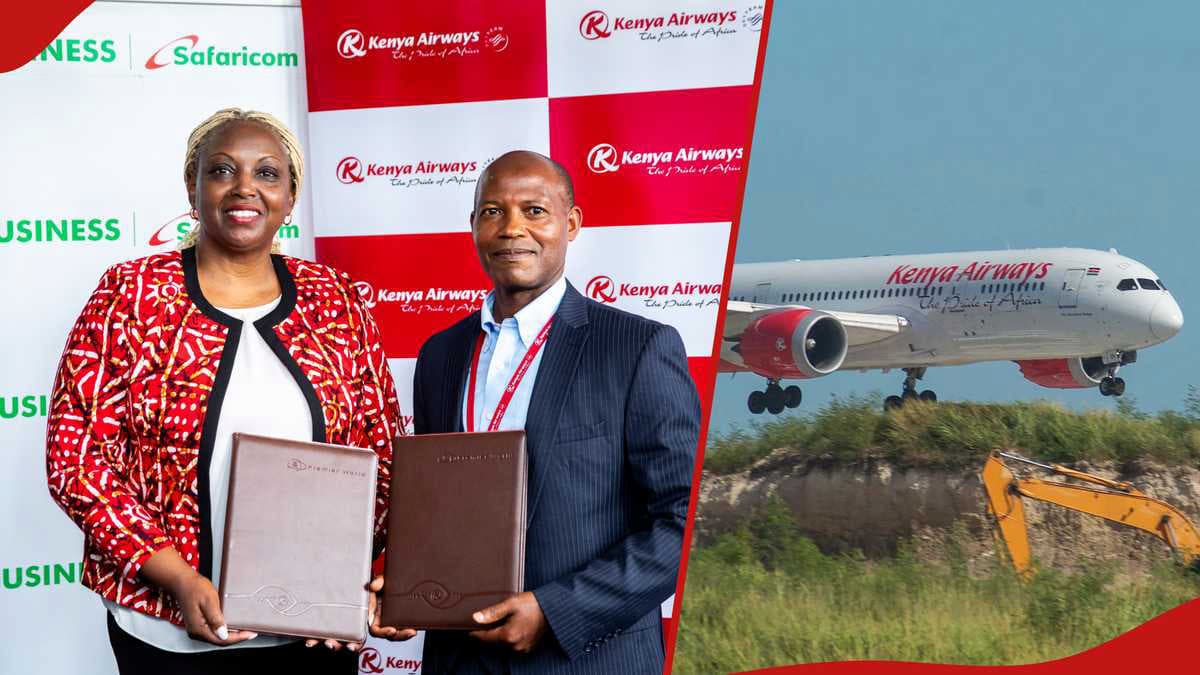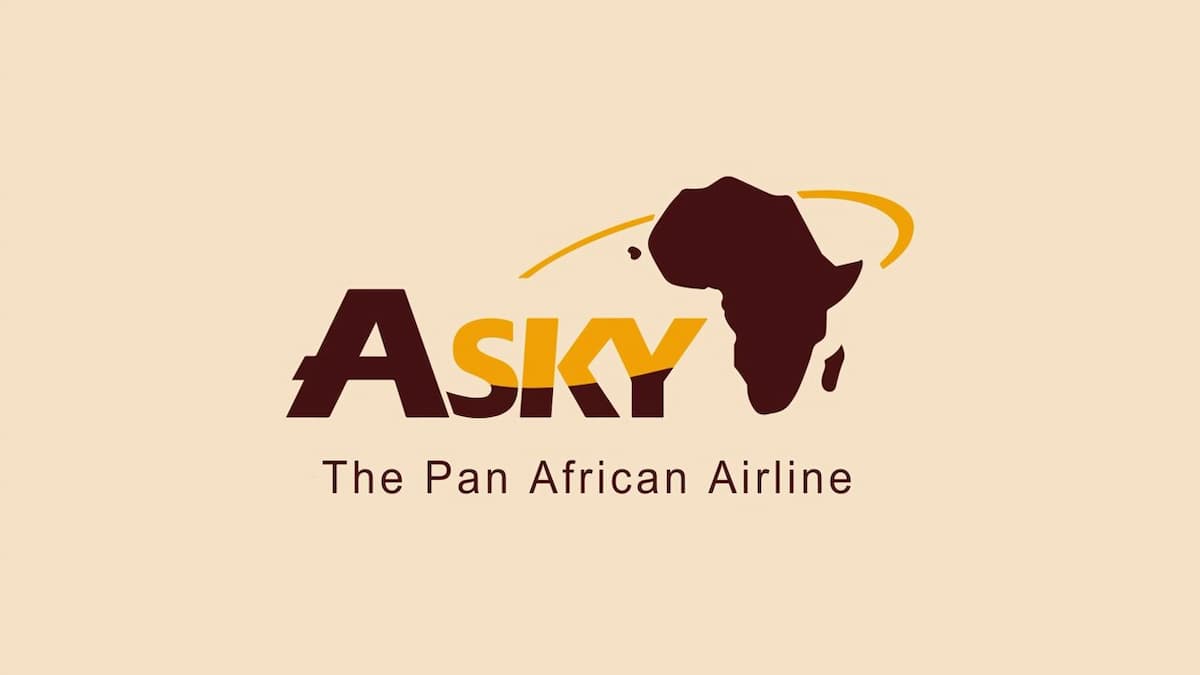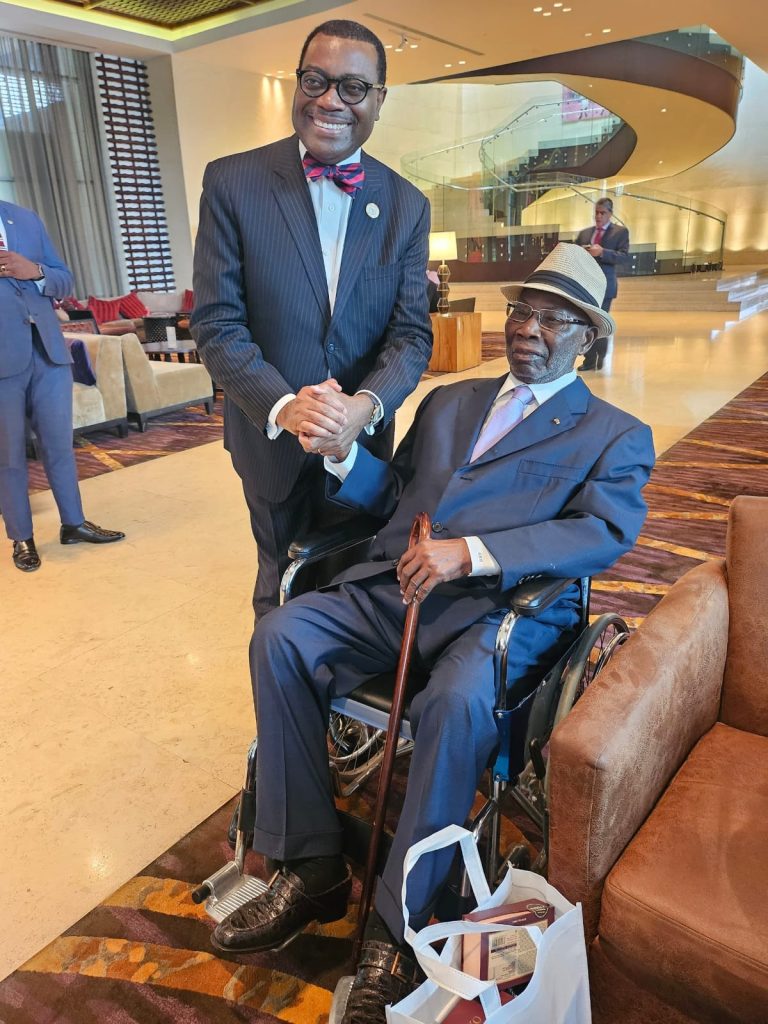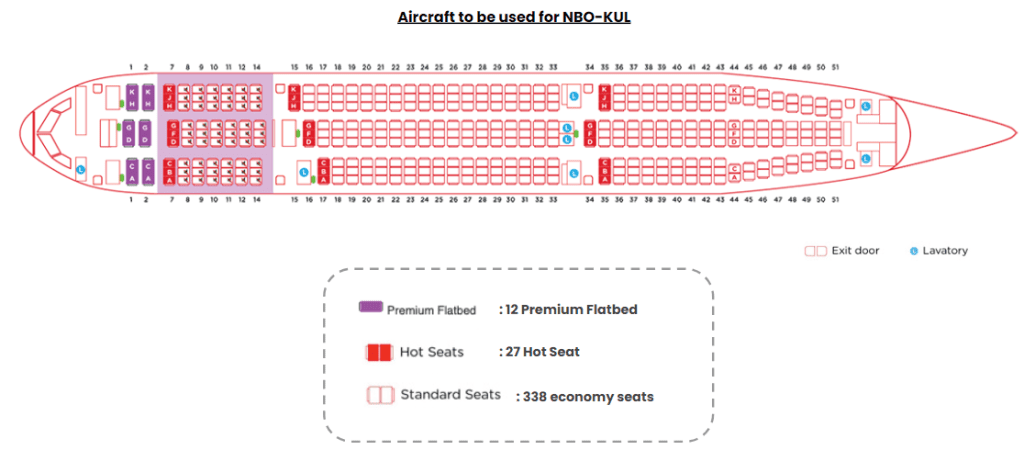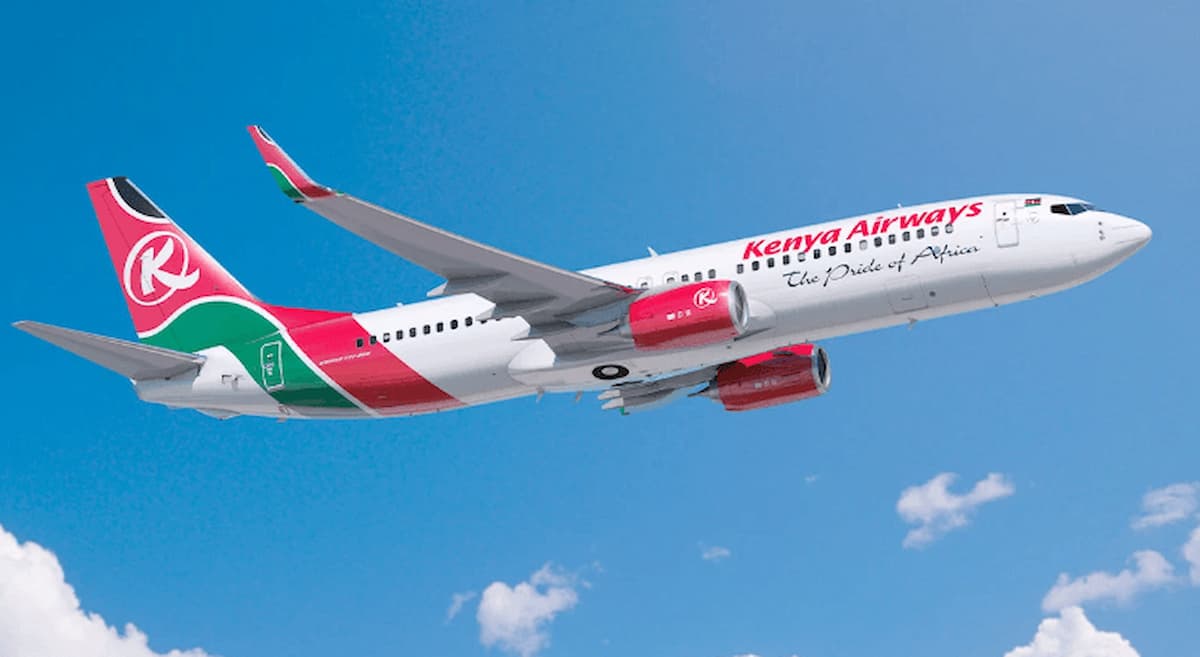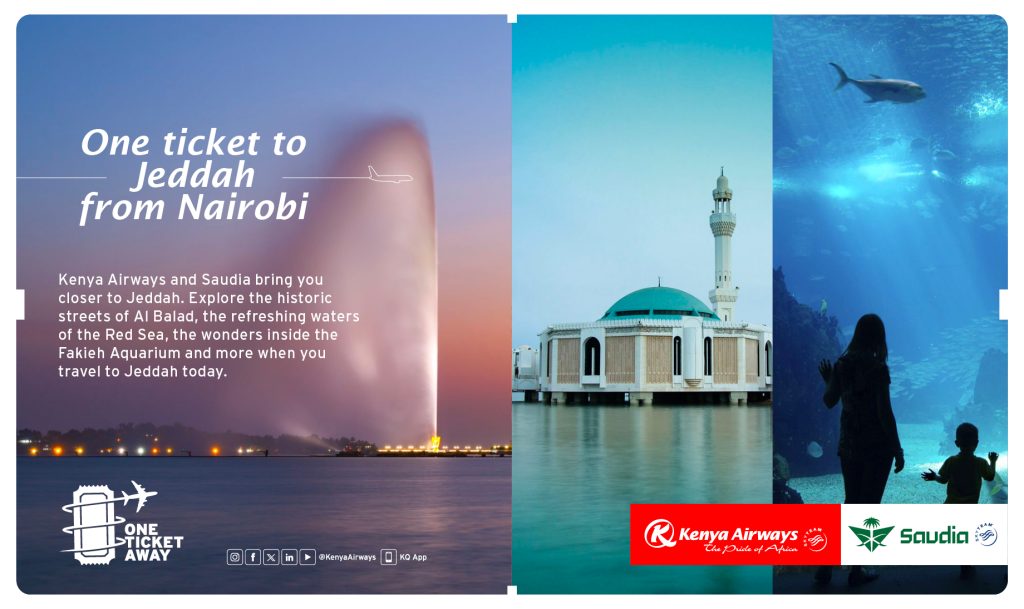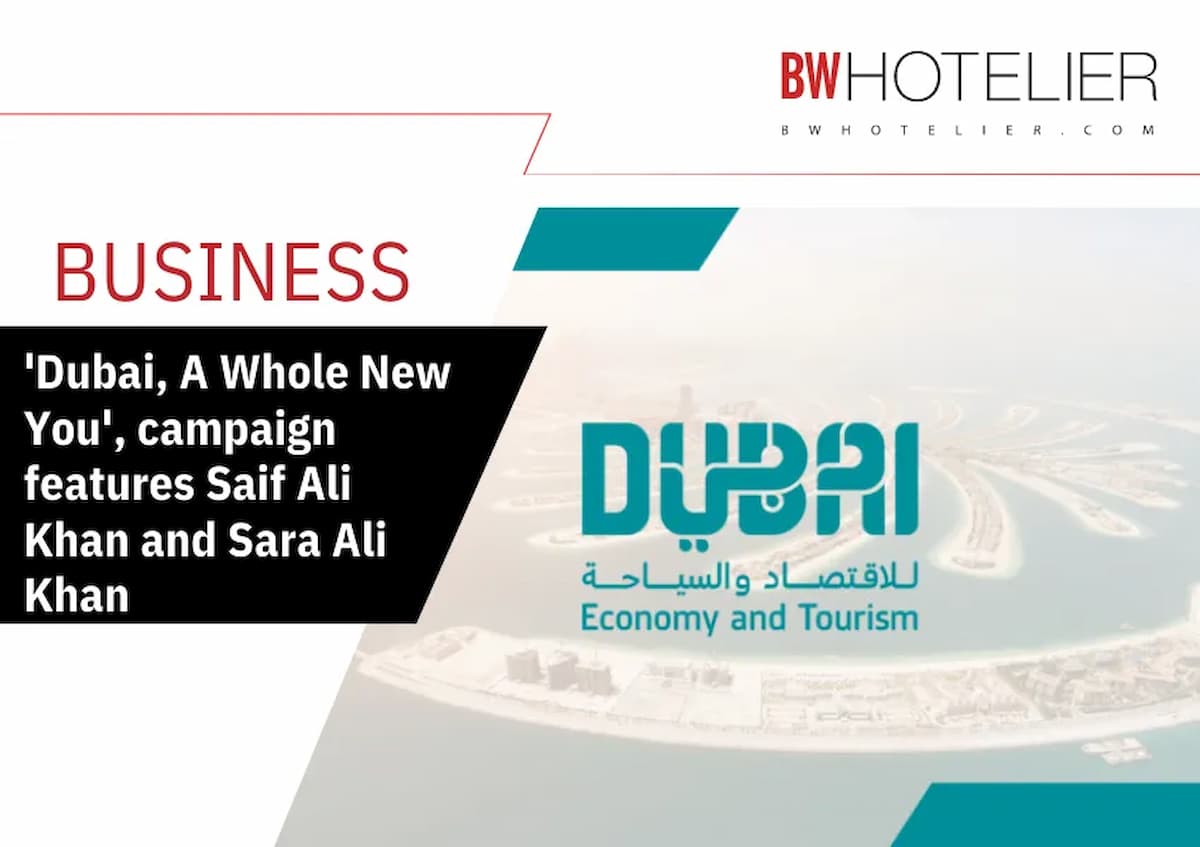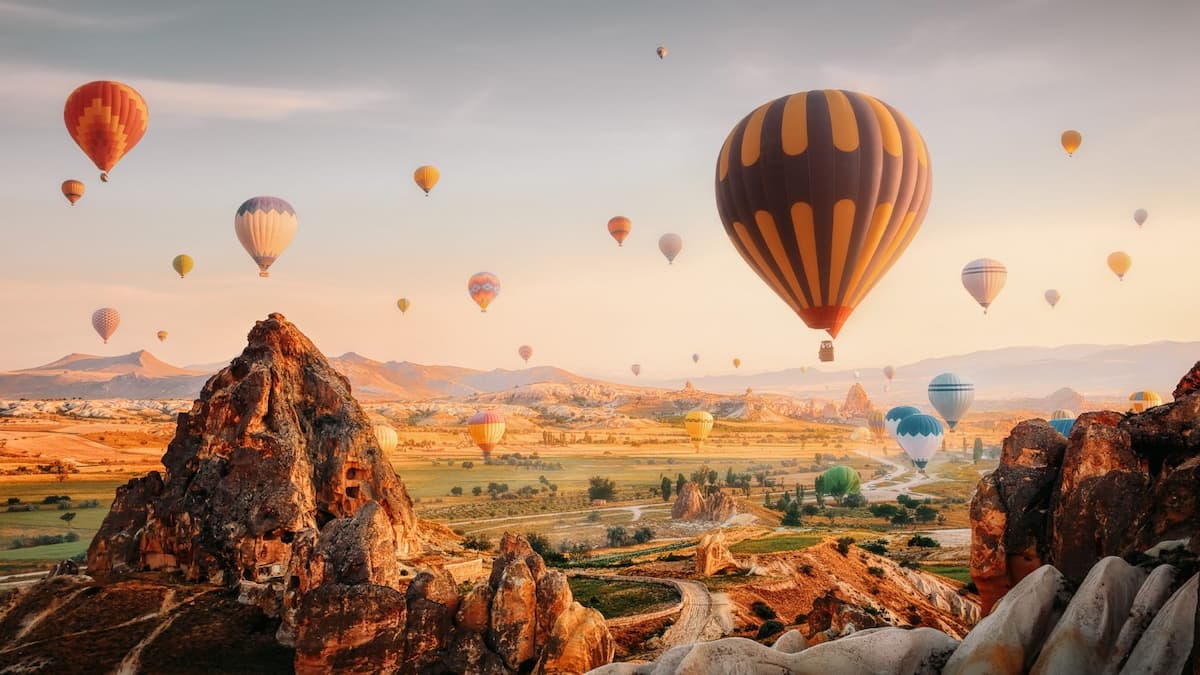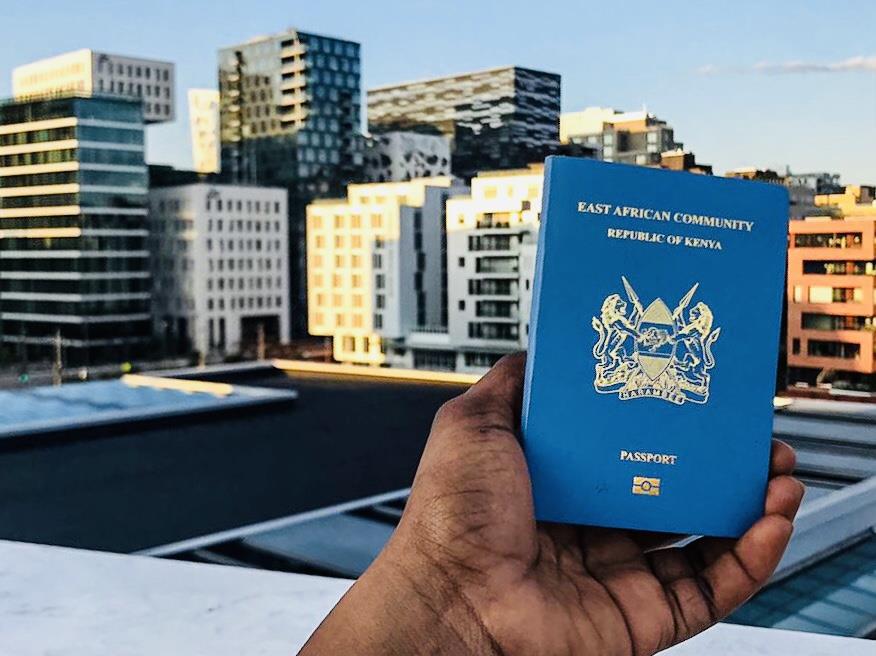A recent Travel News poll showed that 5% of agents book NDC via airline direct websites, 10% utilise a third-party platform (eg Thomalex), 15% book NDC via the GDS interface and 10% book a combination of all these options.
But an alarming 60% of agents said they are not using NDC at all.
According to its 2024 Modern Retailing Report, Travelport research shows that NDC and website-direct offers are at odds with the consumer experience and that 58% of users are struggling to compare new products and additional offers available through NDC.
In 2022, Iata said of Modern Airline Retailing: “Our aim is to create value for travellers by meeting their needs. We know that passengers want a seamless digital experience.”
The NDC-powered displays of fares on many airlines’ websites mean that a vast number of fares are displayed. The fares represent the unbundling of standard fares and the rebundling of their elements into a variety of different offers. It’s somewhat bewildering and confusing for consumers, who could end up paying more for their fare than they bargained for.
A leisure client interviewed by Travel News said he received a quote from his travel agent to fly to Lisbon. “We were out with friends and they said I should book direct online as the airline website is always cheaper than agents offer. I went on to the website of the airline that my agent had quoted me on to have a look and the fares were indeed cheaper than she had quoted us.
“I put the same dates and flight details in on the same airline, got the cheaper rate and paid for the tickets, having compared apples with apples. The terms and conditions and different booking options were confusing at best.
“I have subsequently discovered that I booked the cheapest flights without baggage, and I cannot change my dates or get any refund on the tickets. Baggage is purchasable as an addition to the airfare and there were about seven different options and related prices for various fares that affect changes and refunds.
“Airline website offerings are a nightmare. There is so much more content to wade through; they have become more trouble than they are worth.”
Travelport CEO, Greg Webb, spoke to Travel News about solutions the GDS is developing to address the complexities of booking NDC.
“Travelport’s role in the increasingly complex travel industry is to take millions of pieces of disparate information and make it simple for both travel agencies and providers to understand, search, sell and service. We believe AI and machine learning are powerful tools to do just that. The Travelport Content Curation Layer product will allow travel agencies to provide travellers with the right range of normalised, enriched, bookable content at speed, via a single search screen. Used for all content sources (LCC, EDIFACT, NDC, hotel, car, etc). The CCL allows agents to compare apples to oranges in an apples-to-apples way.
“Our travel agency partners know their travellers well, and Content Optimizer gives agencies the ability to set their own rules and customise the type of results that are prioritised.”
The Travelport report explains that because NDC content is implemented differently by every airline, the reality is the buyer is often forced to deal with NDC, whether they know it or not.
To travellers, NDC looks like an overwhelming set of content on every airline’s website, along with different rules for changes on every offer, along with system incompatibilities, such as the offering of long-haul flights from South Africa to Europe, the US or Asia without the inclusion of baggage. It’s hard to believe this feels like a satisfactory modern retailing experience for the consumer.
The same can be said for the travel agent’s experience when working with NDC. They often see duplicated content on the screen, or must open multiple tabs to compare like-for-like products.
Added Webb: “For agencies and travellers alike, the explosion of choice is causing on-screen clutter, slower searches, and confusion.”
Travelport’s new Content Curation Layer and Content Optimizer was designed to unlock smarter searches in one place with clearer and more standardised results from all sources, said Webb.
Source: Travel News




